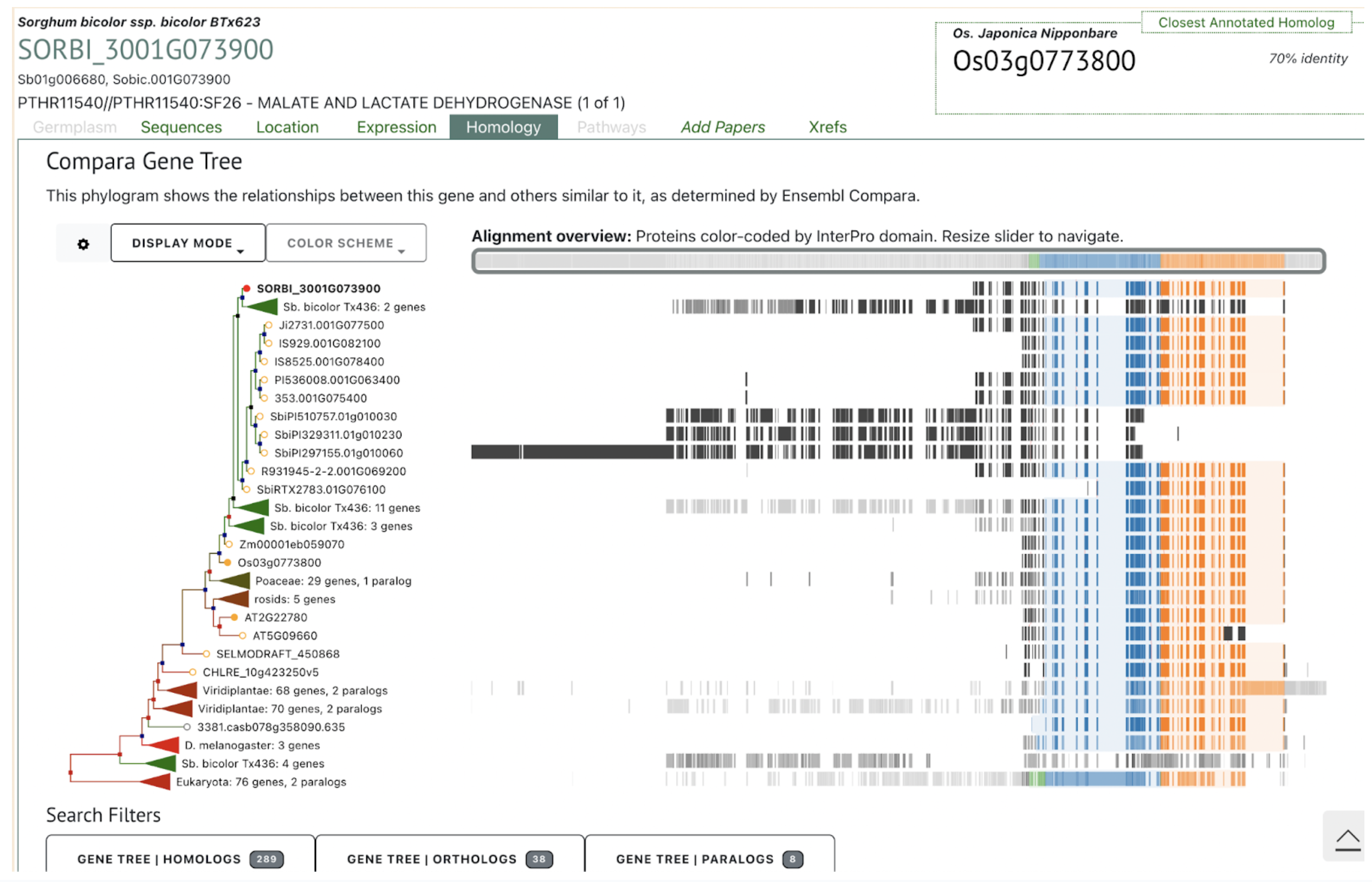Recent genomic studies highlight the higher diversity and specialized regulatory adaptations of photosynthetic genes in C4 plants like sorghum and foxtail millet, compared to CAM plants, providing insights for improving crop resilience and productivity.
Keywords: C3 photosynthesis, C4 photosynthesis, expression analysis, gene structure, phylogenetic analysis
C4 and CAM plants evolved from C3 plants, which dominate terrestrial vegetation due to their reliance on the ribulose bisphosphate carboxylase oxygenase (RUBISCO) enzyme for carbon fixation. C4 plants demonstrate enhanced photosynthetic efficiency and are well-adapted to subtropical and tropical climates, characterized by high temperatures, low CO2 levels, and arid conditions. This efficiency arises from the spatial separation of the Calvin–Benson–Bassham cycle and CO2 fixation between mesophyll and bundle sheath cells (BSCs). Enzymes like PPDK, PEPCASE, and NADP-ME are integral to the C4 pathway, contributing to the pathway’s robustness. Phylogenetic studies indicate that C4 photosynthesis evolved independently multiple times across various taxa, with key enzymes being recruited from ancestral gene lineages. Important C4 crops, including maize, sorghum, and sugarcane, originated in warm climates and play a vital role in global food production, prompting research into integrating C4 traits into C3 crops to enhance productivity.
Recent genomic analyses of C4 species such as sorghum and foxtail millet conducted by scientists from Dr. Rajendra Prasad Central Agricultural University, Banasthali University and Guru Nanak Dev University reveal a higher diversity of photosynthetic genes compared to CAM plants like pineapple. These genes, predominantly expressed in leaf tissues, are crucial for stress responses and efficient carbon fixation. Duplication events in key gene families, such as PEPCo and NADP-ME, underlie the evolutionary adaptation of the C4 pathway. Regulatory changes in promoter regions of photosynthetic genes further enhance their functionality under stress. Comparative studies between C3, C4, and CAM plants underscore the evolutionary connections and provide a foundation for bioengineering efforts to optimize photosynthesis in staple crops, potentially addressing future agricultural demands.
SorghumBase examples:


Reference:
Raturi A, Shekhar S, Jha RK, Chauhan D, Pandey S, Kumari S, Singh A. Genome-wide comparative analysis of photosynthetic enzymatic genes provides novel insights into foxtail millet and other cereals. Front Genet. 2024 Nov 5;15:1449113. PMID: 39563735. doi: 10.3389/fgene.2024.1449113. Read more